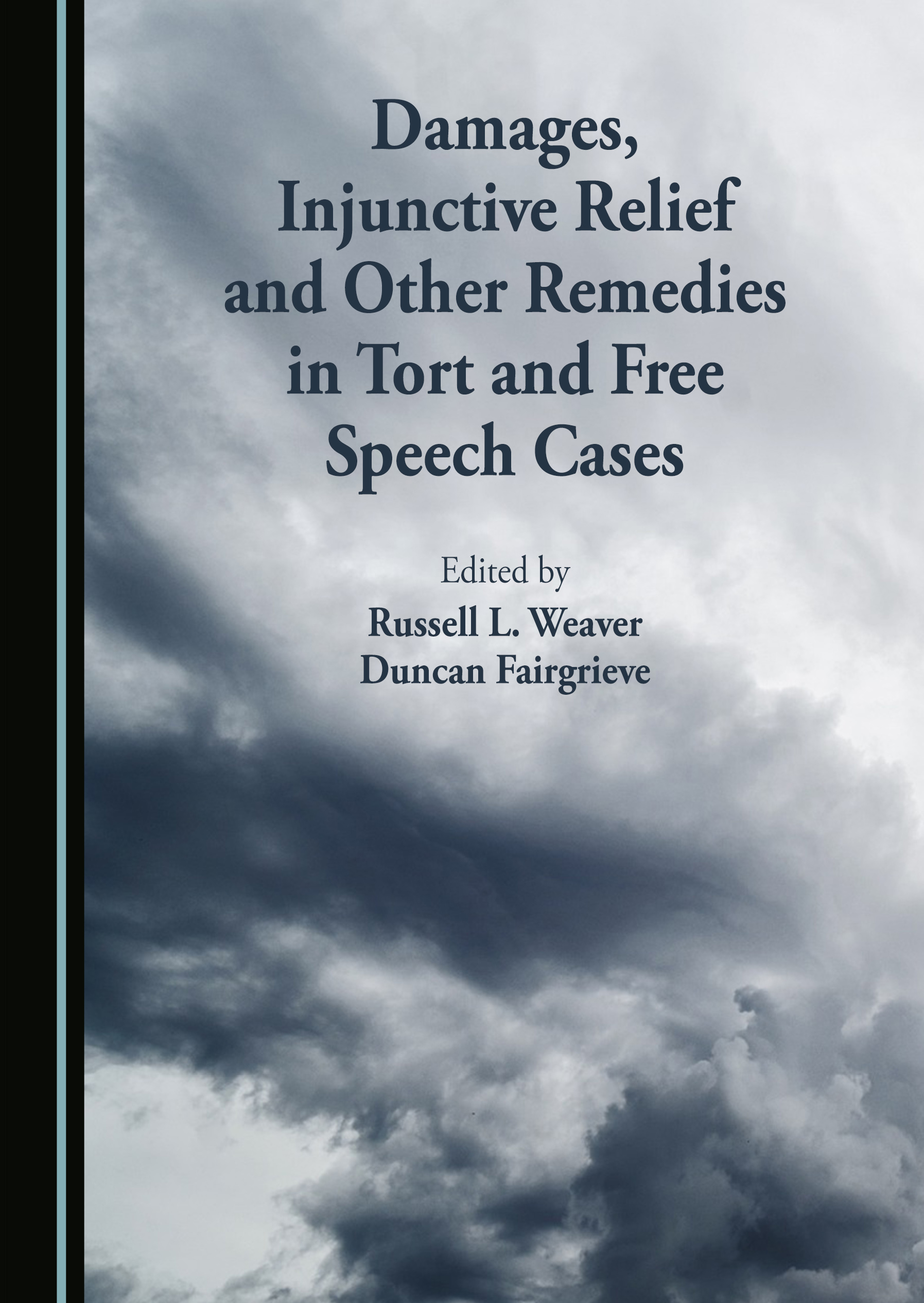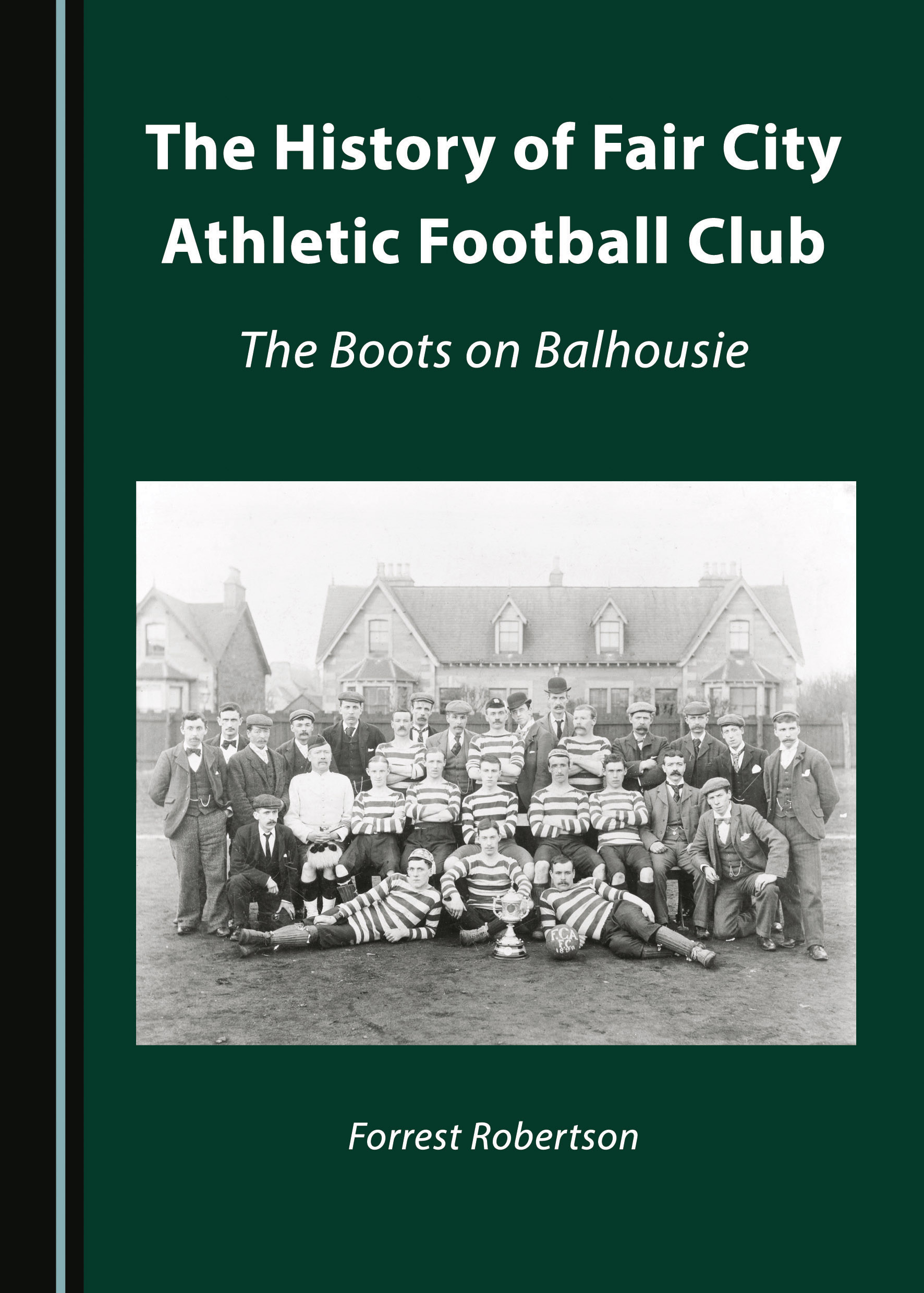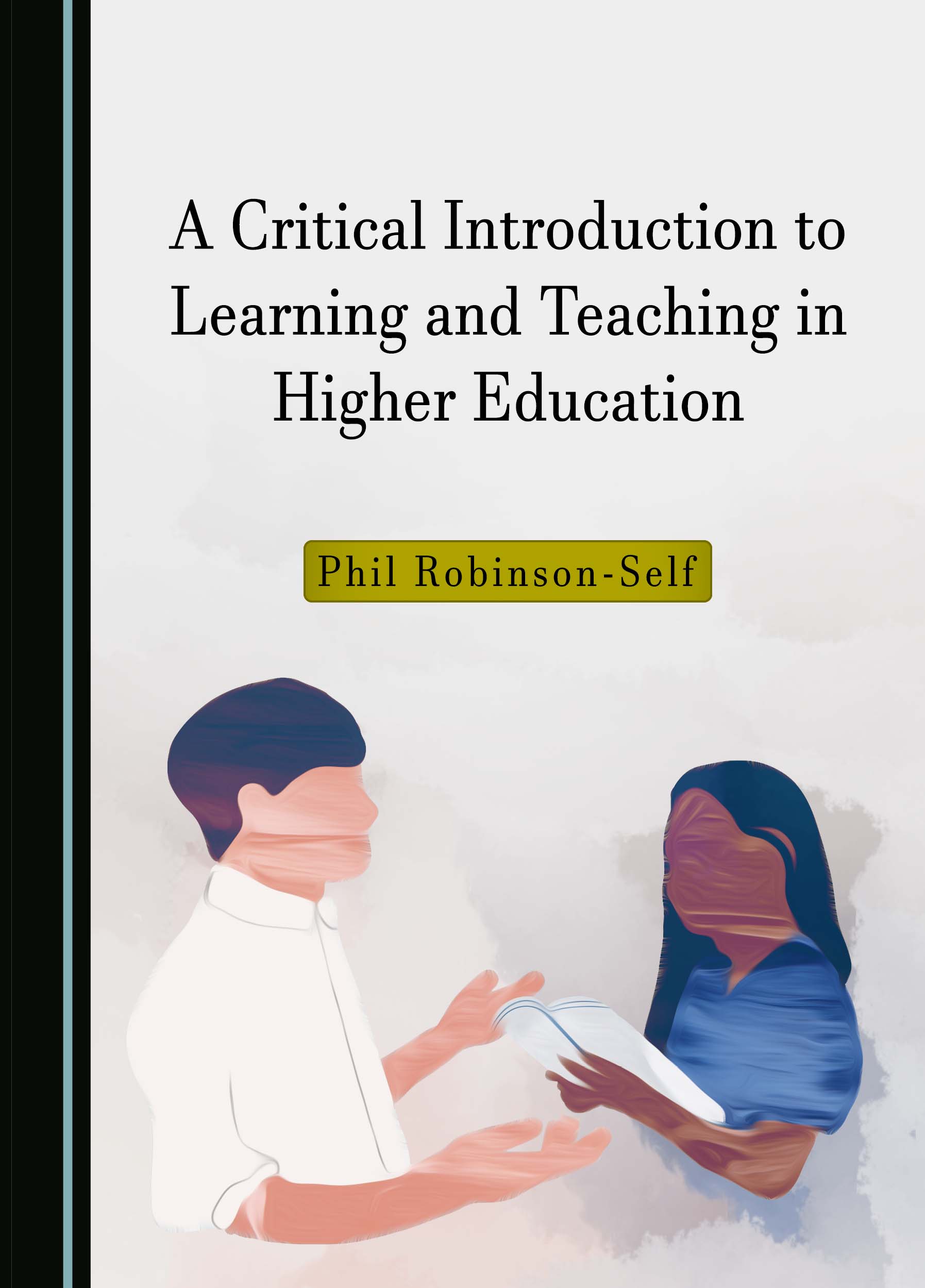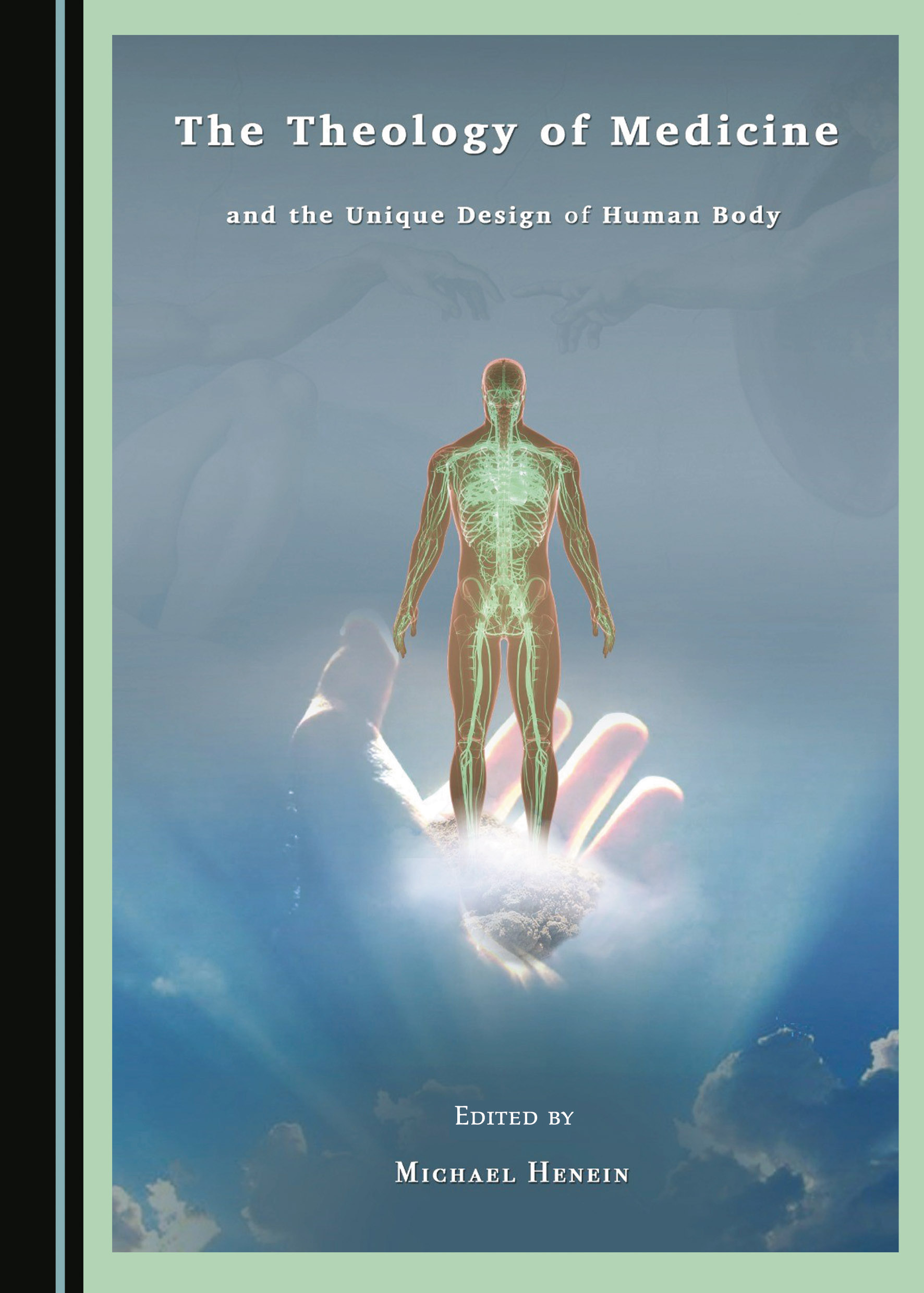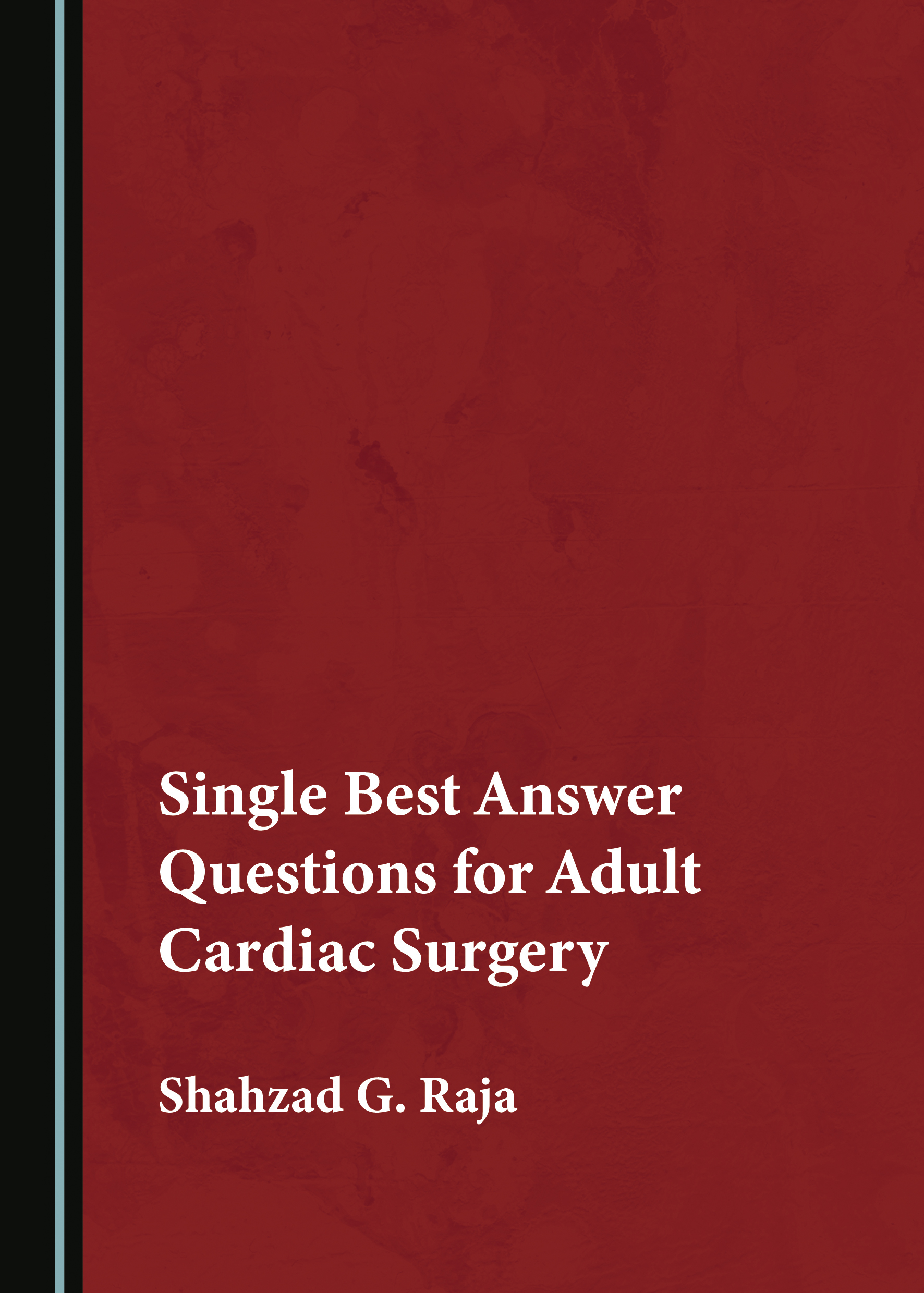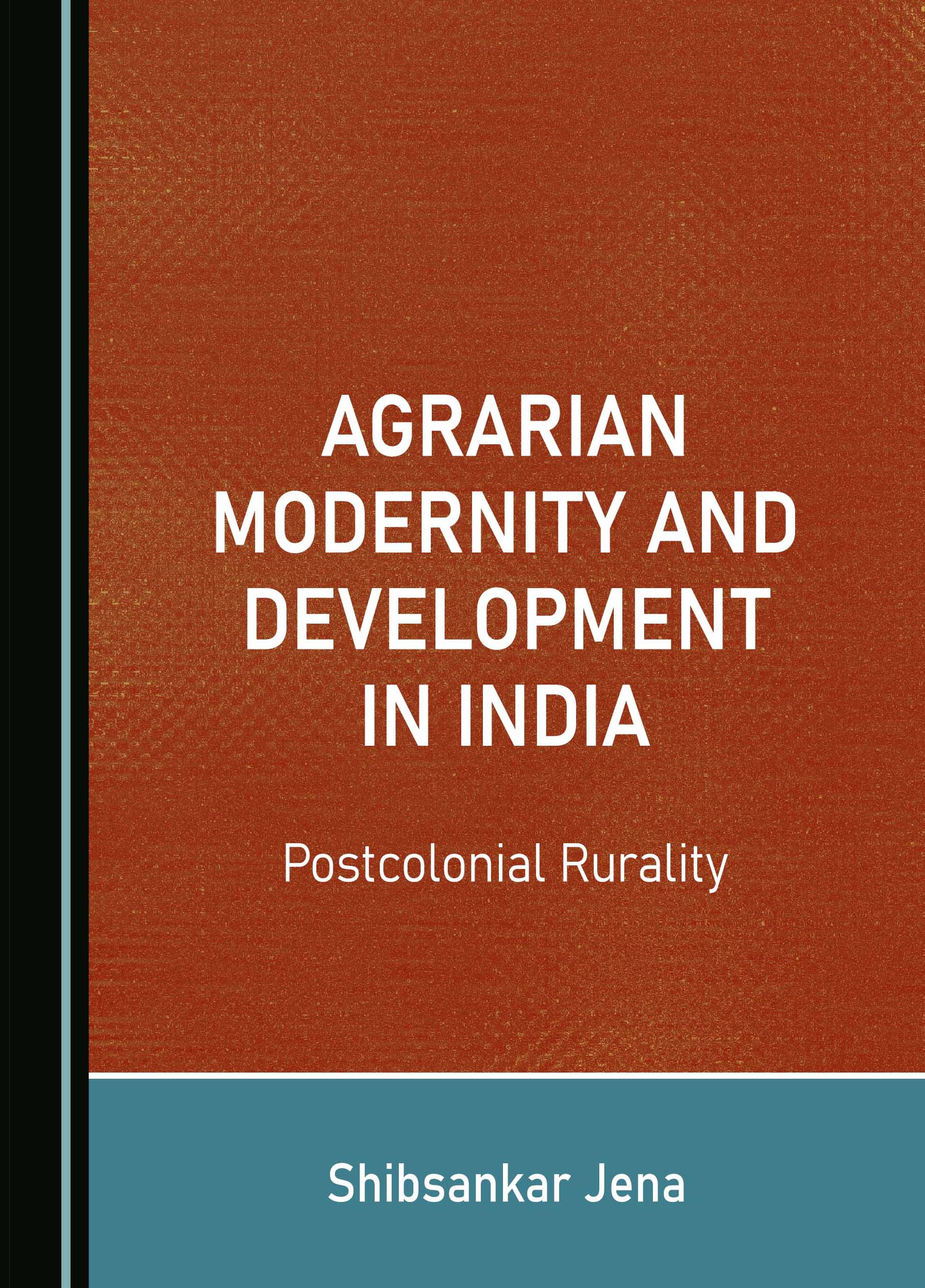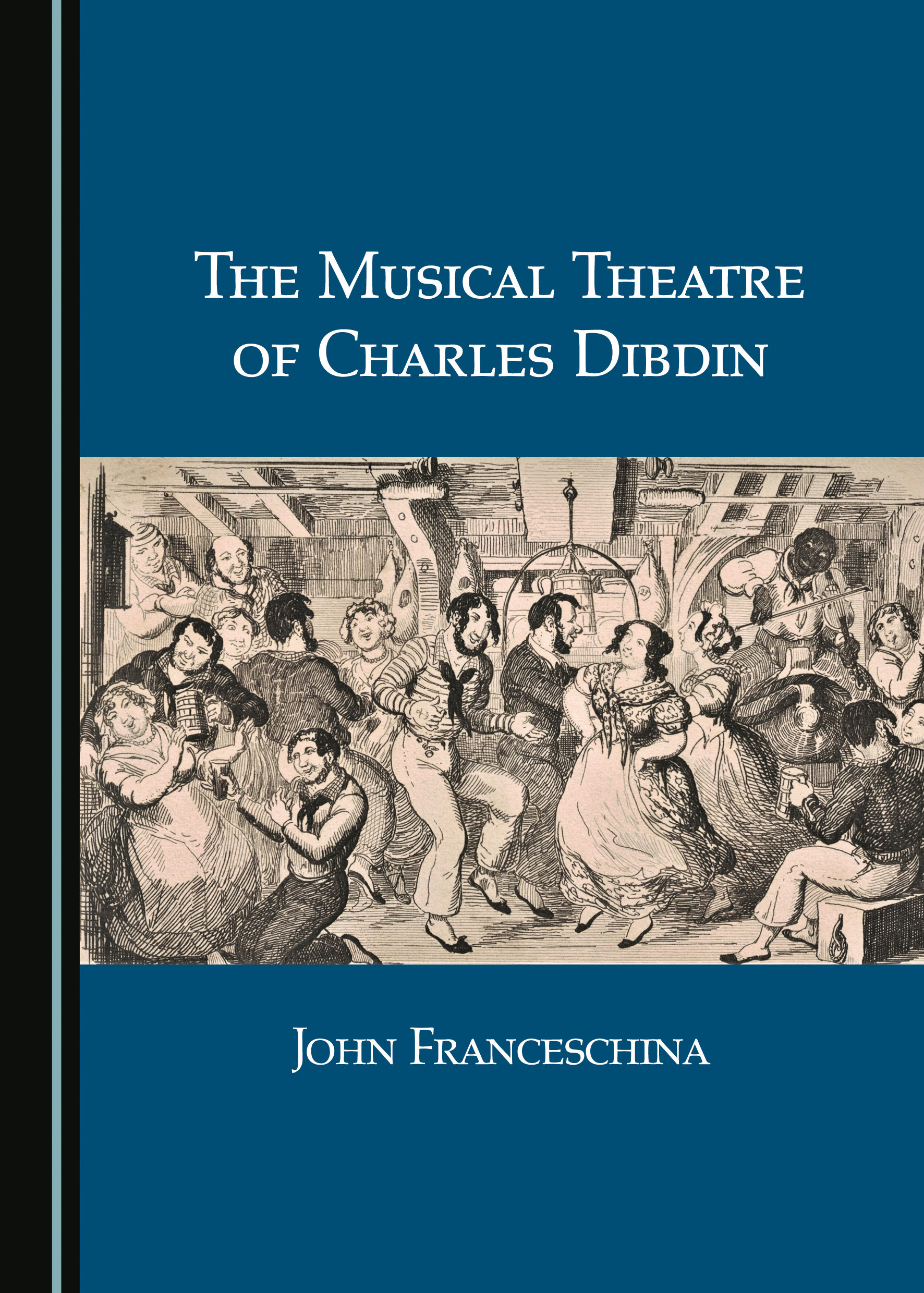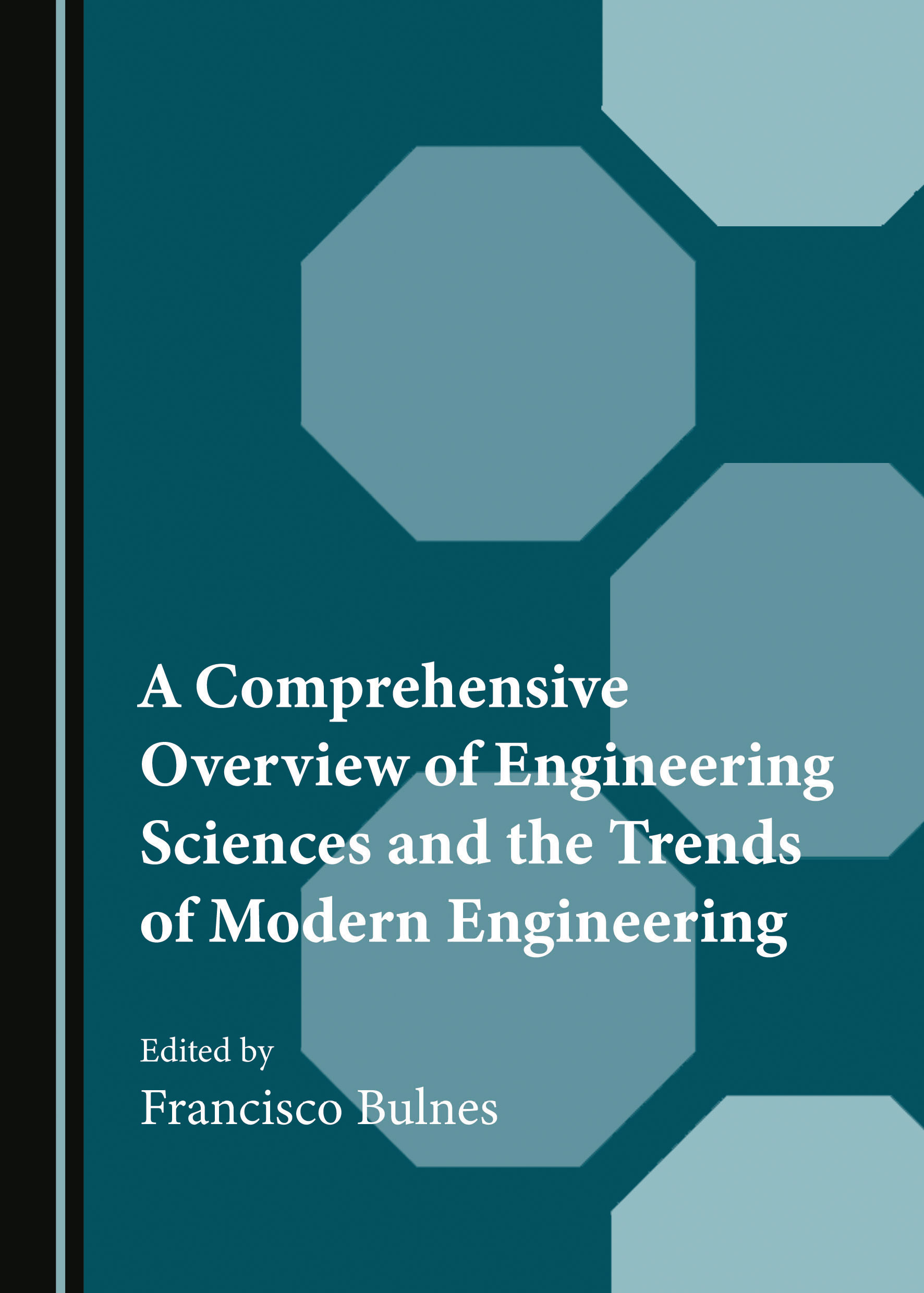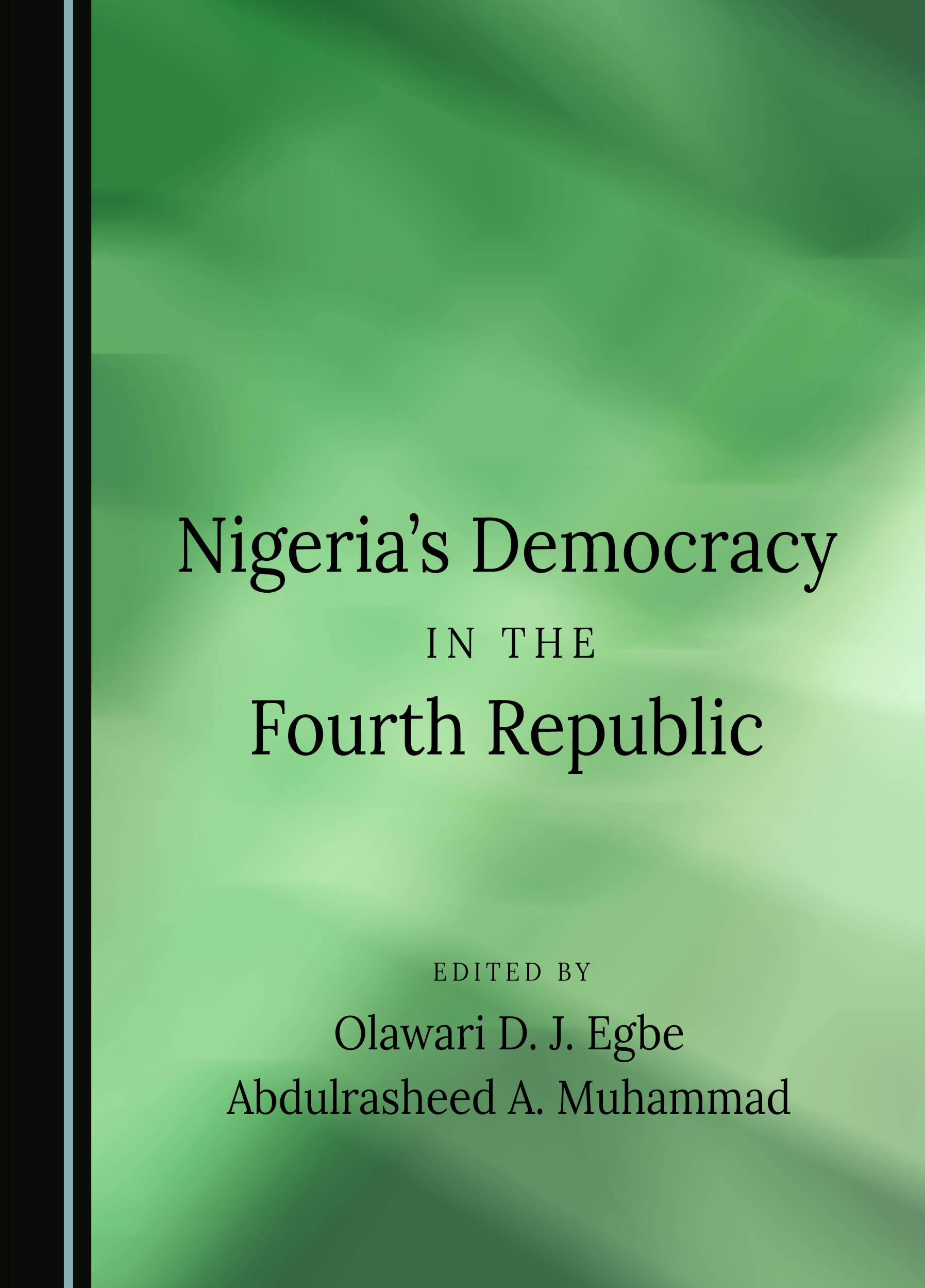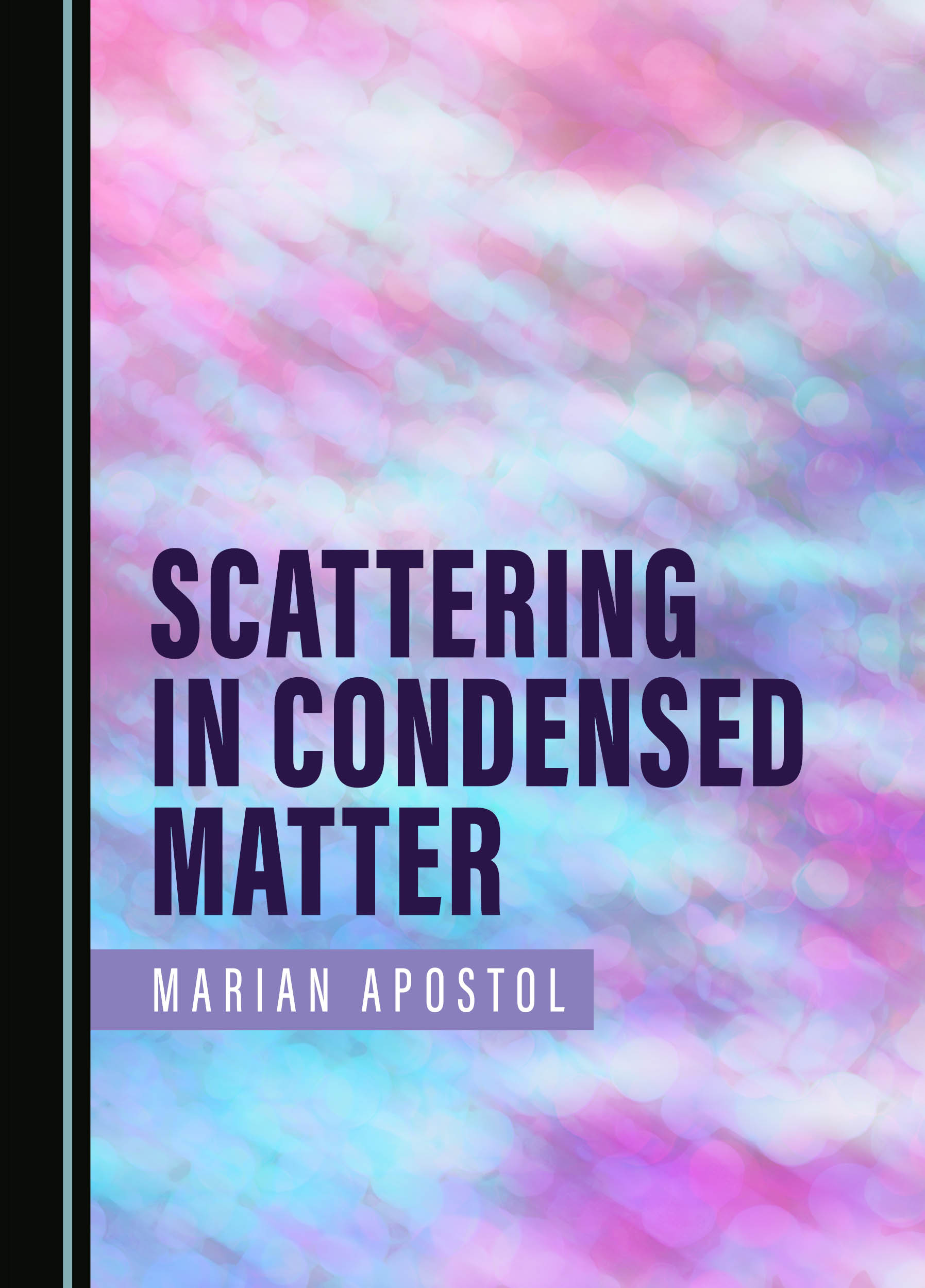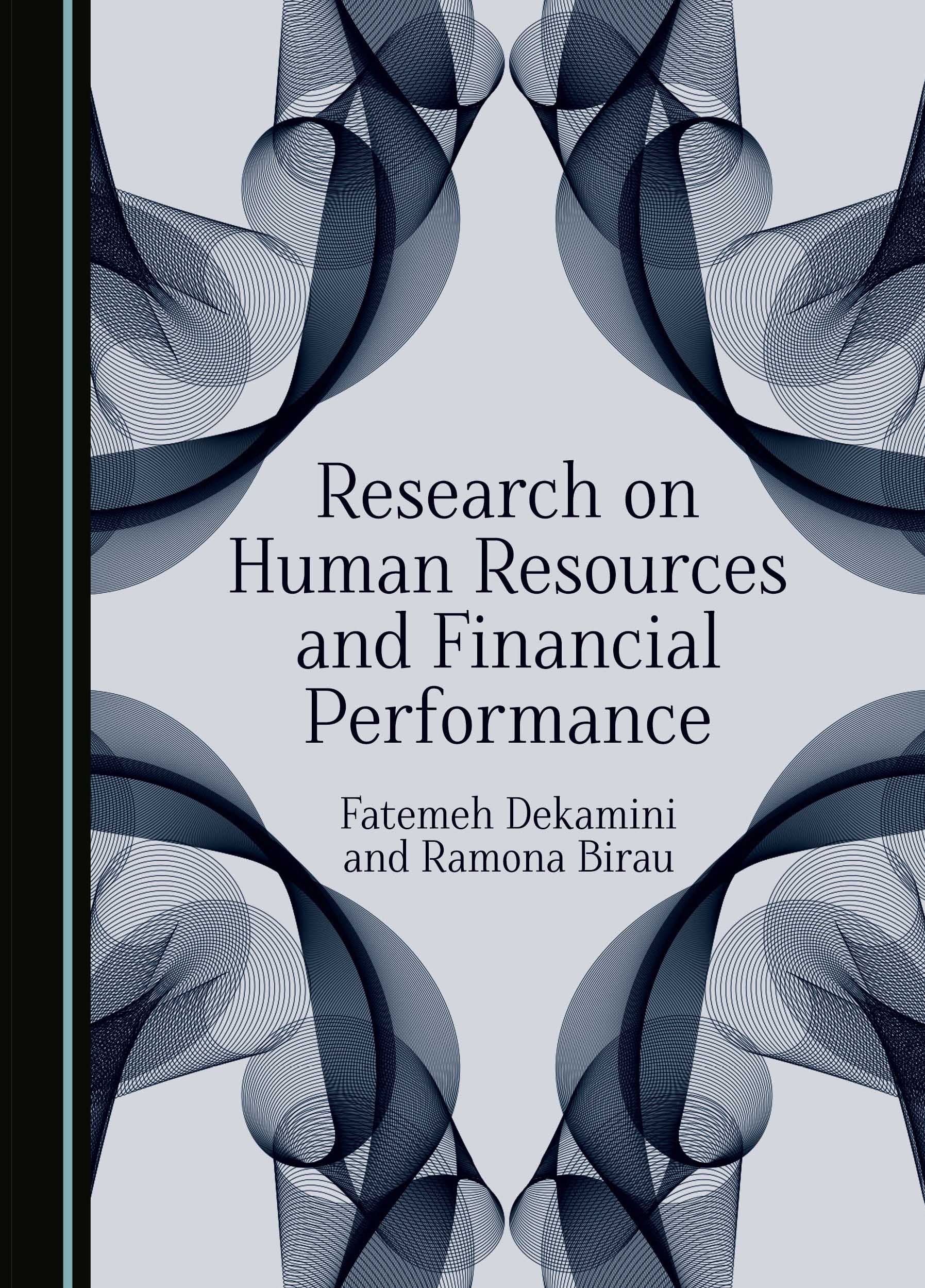Medieval Urban Planning: The Monastery and Beyond
Broadly defined, urban planning today is a process one might describe as half design and half social engineering. It considers not only the aesthetic and visual product, but also the economic, political, and social implications, as well as the environmental impact.
This collection of essays explores the question of whether this sort of multifaceted planning took place in the Middle Ages, and how it manifested itself outside of the monastic realm. Bringing together the monastic historian and archaeologist, with scholars of art and architecture, this volume expands our comprehension of how those in roles of authority saw the planning process and implemented their plans to structure a particular outcome. The examination of architectural complexes, literary sources, commercial legers, and political records highlights the multiple avenues for viewing the growing awareness of the social potential of an urban environment.
Mickey Abel received her PhD in Art History from the University of Texas at Austin, USA, in 2001. Her scholarly interests revolves around Medieval Architectural space – its historical analysis, its contextual setting, its liturgical and experiential perception, and its geographical determinants. Following her book, Open Access: Contextualizing the Archivolted Portals of Western France and Northern Spain within the Theology and Politics of Entry (2012), she is currently examining the political, familial, spatial, and geographical relationship between the Abbey of Maillezais and its sister abbey in Bourgueil.
“Medieval Urban Planning is a wide-ranging collection of case studies that brings together the work of a group of interdisciplinary scholars in the analysis of the rural monastic organization of space and the civic and religiously inspired planning of urban communities in the period between Ancient Rome and the Renaissance. By exploring the influence of politics, economics, the secular and the sacred on the urban terrain, this collection contributes to a newly emerging view of the many forms that planning and urban design took in the Middle Ages. This book will be essential reading for scholars and students of urban history and the preservation of historic cities.”
Suzanne Strum
PhD, Independent Scholar, Spain
“The essays in this intriguing volume invite us to reconsider architectural “text” and urban “context”—and indeed the definitions of “city” and “planning”—by adopting a fluidly shifting environmental optic, one focused in turn on practices that fostered land improvement, development of transport and other infrastructure, commercial expansion, new political structures and related legal tools, and large-scale building on varied terrain. The measures that were undertaken to attract residents, increase production, trade, and revenue, and create functional order within and otherwise improve the physical fabric of varied settlements suggest a deliberate intention and concentrated activity that in the past have been associated only with places dubbed “cities”. As a result of this book’s welcome contribution, we may now extend and enrich our understanding of medieval habitation, economy, and culture by looking beyond cities traditionally defined to the concerted development of monastic lands, mendicant settlements, hill towns, and other innovative and dynamic sites.”
Laura Hollengreen
Assistant Provost for Academic Advocacy and Conflict Resolution, Office of the Provost; Director of International Education, School of Architecture, Georgia Institute of Technology, USA
Buy This Book







